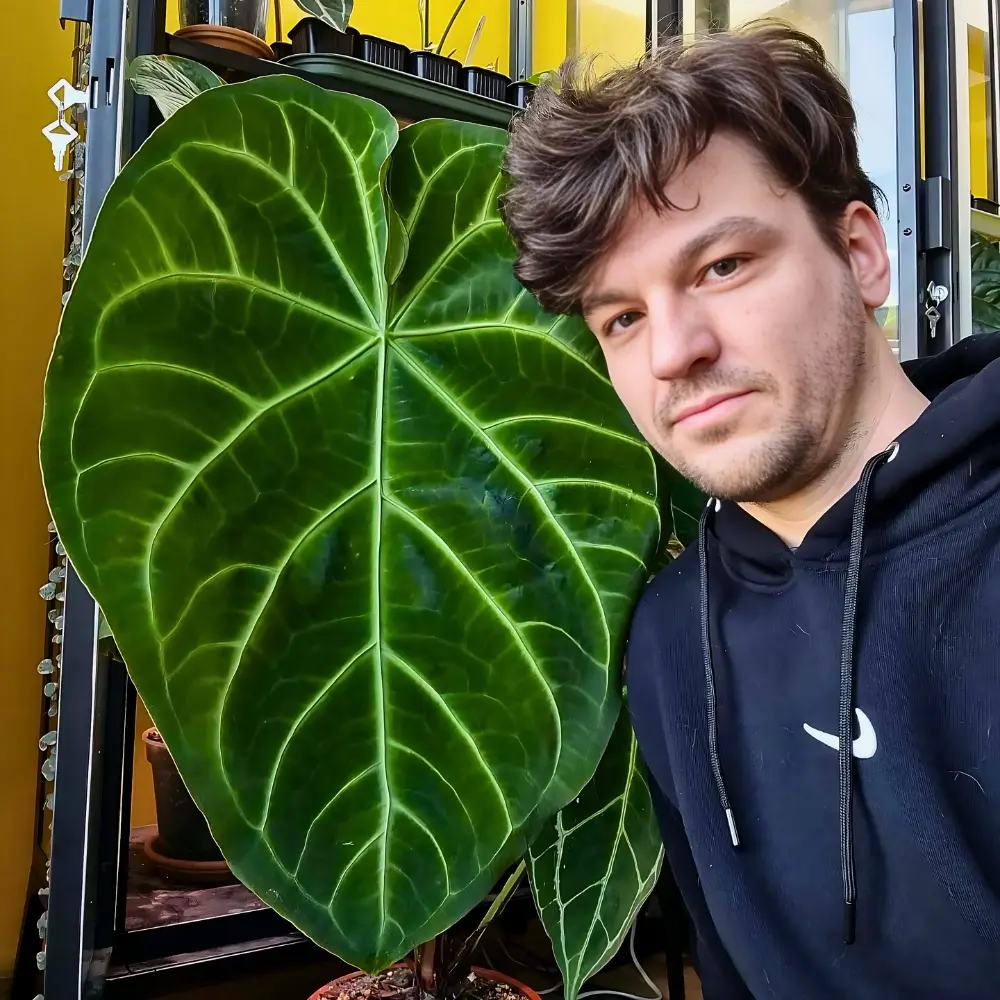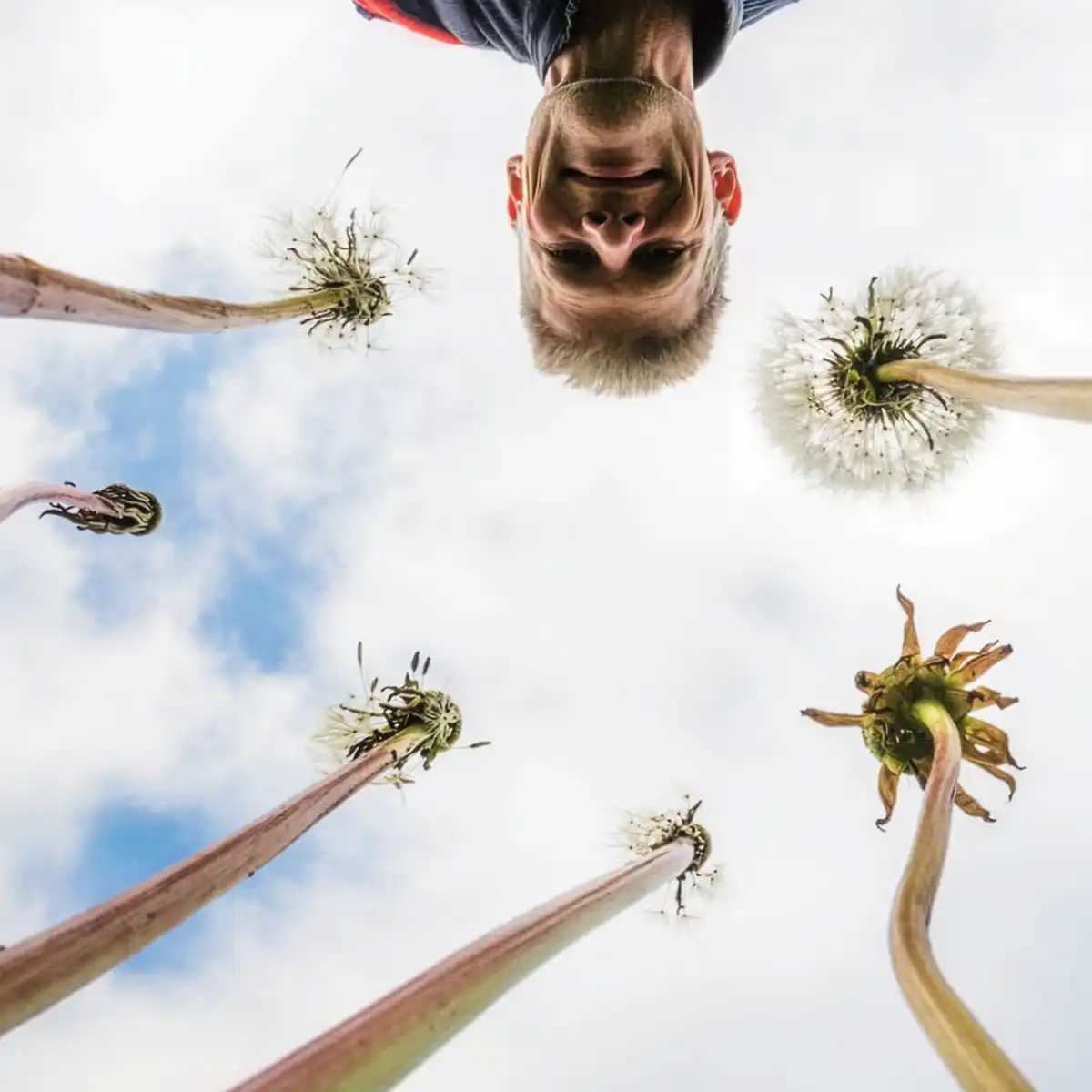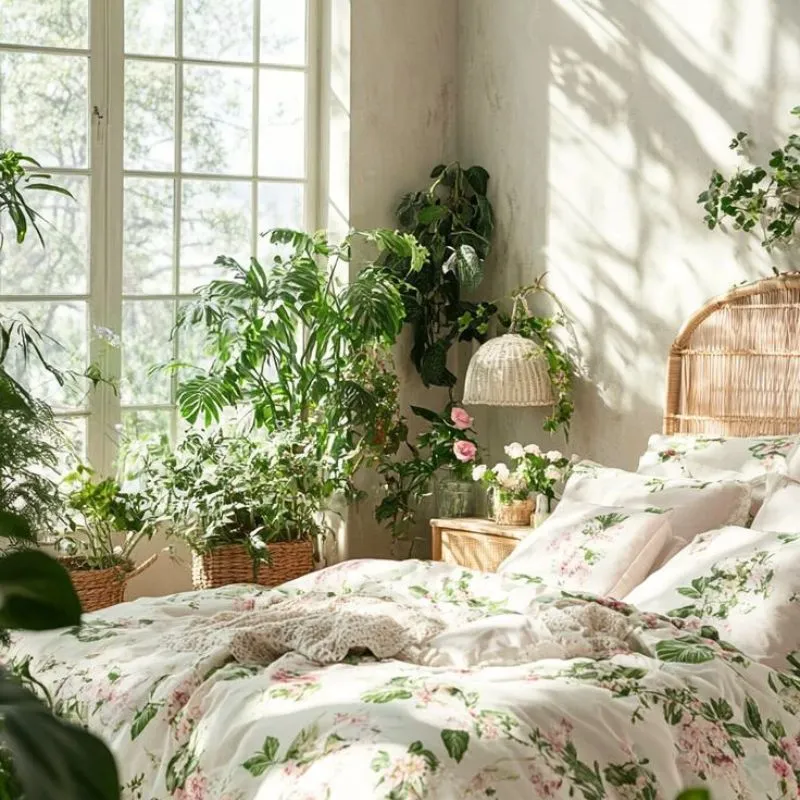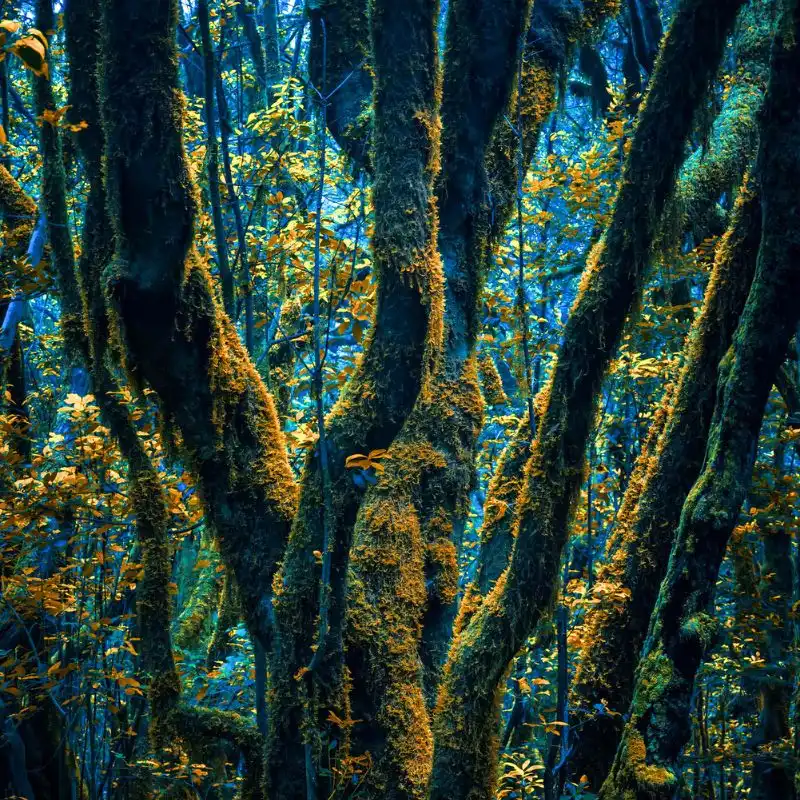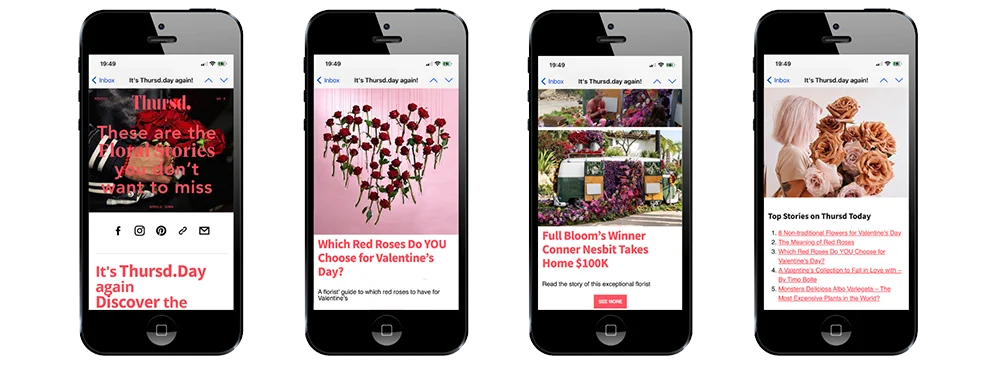A new body of work titled 'Palimpsest' by Zac Henderson has been released. Created while reflecting on the artist’s hometown and the evolving relationship with it, the series captures pockets of kudzu plant overgrowth near home, photographed in a near-infrared technique. The results? Very orangy photographs that'll leave you stunned.
Palimpsest by Zac Henderson - A Series That Captures Pockets of Kudzu Overgrowth
Kudzu is a noticeable sight along roads and in wooded regions in the Southeast United States. When the invasive plant was added to the Philadelphia Centennial Exposition's Japan pavilion in 1876, it was brought to North America. Kudzu (also called Japanese arrowroot or Chinese arrowroot) was first marketed as a climbing garden attractive plant, but it was later utilized as an erosion control agent on farms and along graded roads. However, it also prefers the hot, humid weather, and its aggressive invasiveness is demonstrated by the fact that it may devour trees, telephone poles, and other plants entirely.
The title 'Palimpsest' means literally: a manuscript or writing surface that has been reused after the original text was scraped or washed off, often still showing traces of the earlier writing underneath.
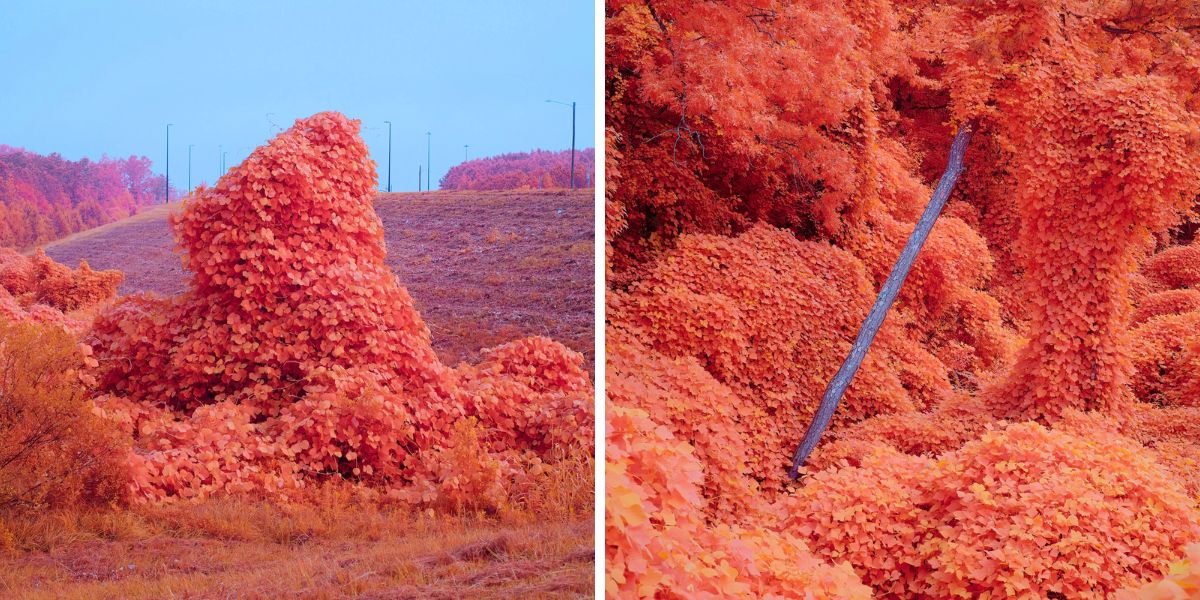
In order to return to the South and be closer to family, Zac traded in the van he and his wife lived in full-time after thirteen years on the road. His relationship to kudzu plants had changed, even though there were a lot of familiar faces and locations, because he was a different person, just like everyone else who goes away and then comes back.
With its expanding population and constantly altered skyline, the town too underwent change, and he began to feel more and more cut off from it. For this reason, he took action and went straight to them, to give kudzu leaves and trees a memorable moment through the camera.
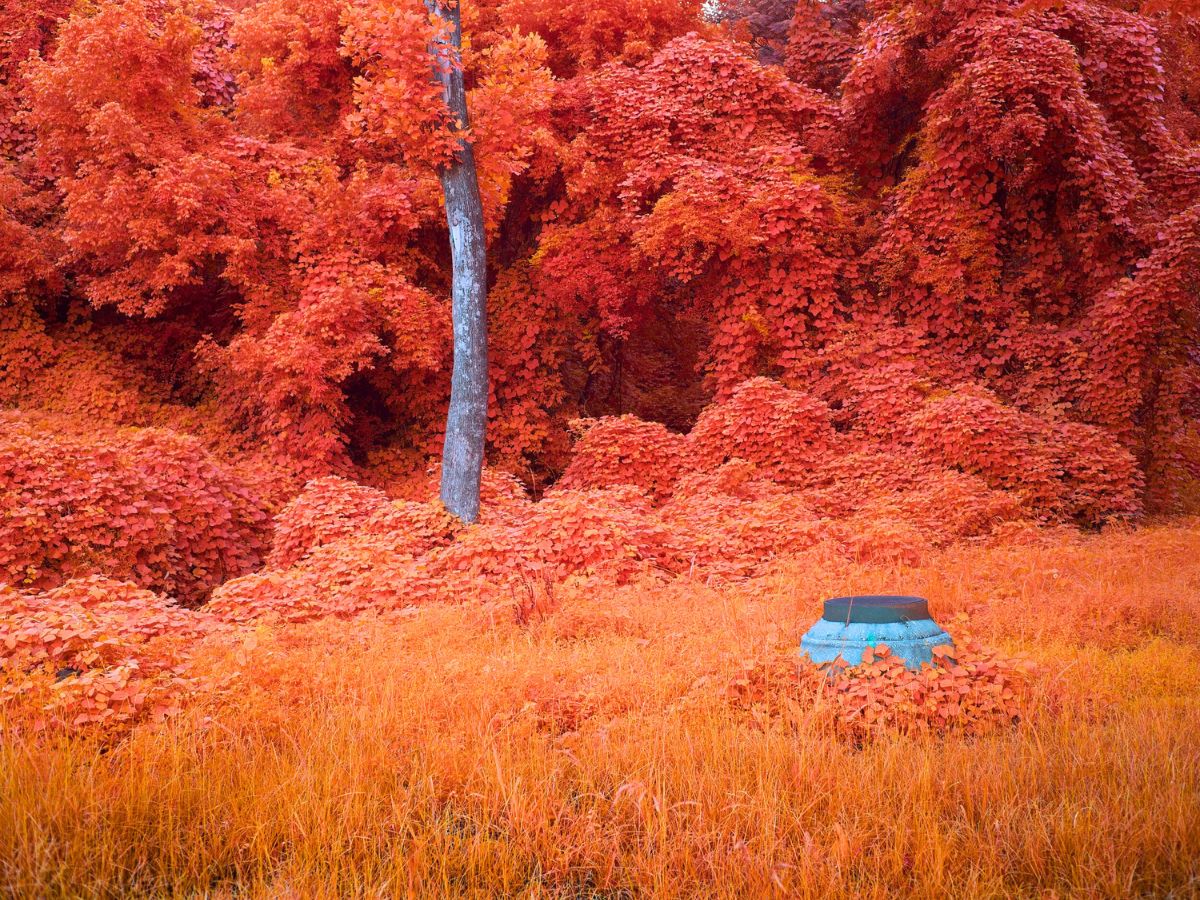
Stranglehold on Untouched Structures
In Palimpsest, artist Henderson turns his lens toward one of the American South’s most recognizable—and quietly ominous—natural features: kudzu. Known for its rapid growth—up to a foot per day—this climbing vine has long been infamous for its ability to smother trees, buildings, and even entire landscapes in a dense, green veil. For the photographer, it's a significant metaphor, a visual symbol of memory, loss, and transformation.
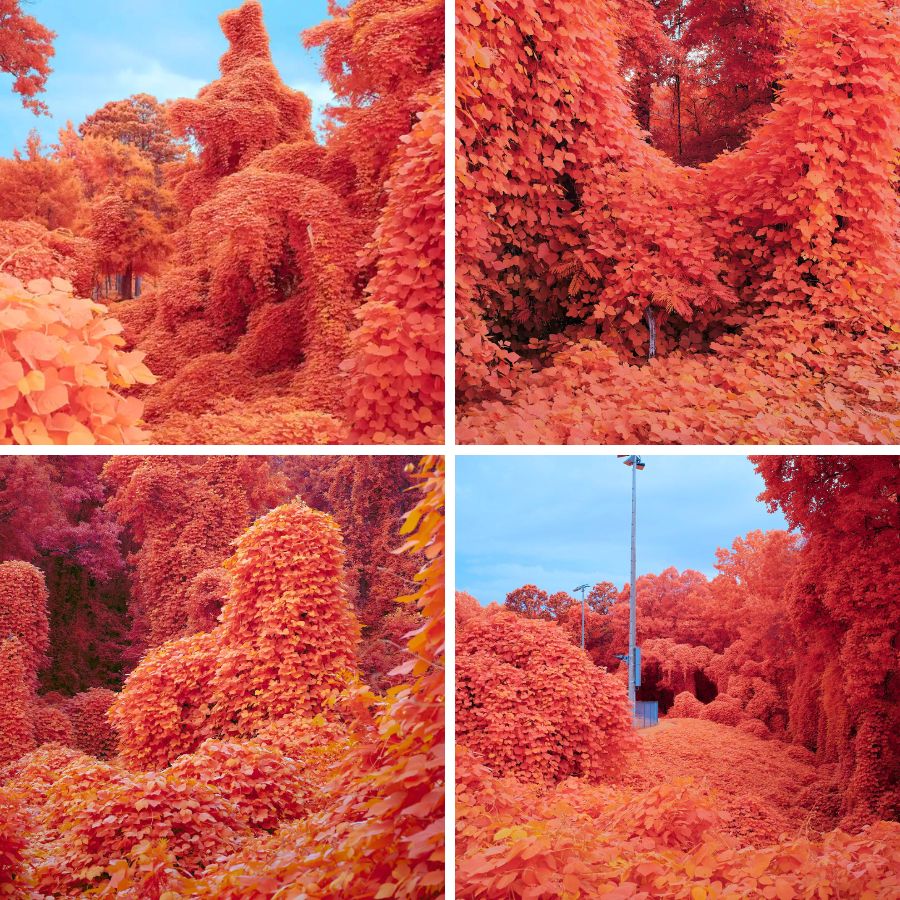
The title of the series is borrowed from the term used to describe a piece of writing material that has been erased and written over, yet still bears traces of the original. In the same way, the structures consumed by this plant are not entirely gone—they remain partially visible beneath the leaves, ghostlike reminders of a past that’s been quietly buried but never entirely forgotten.
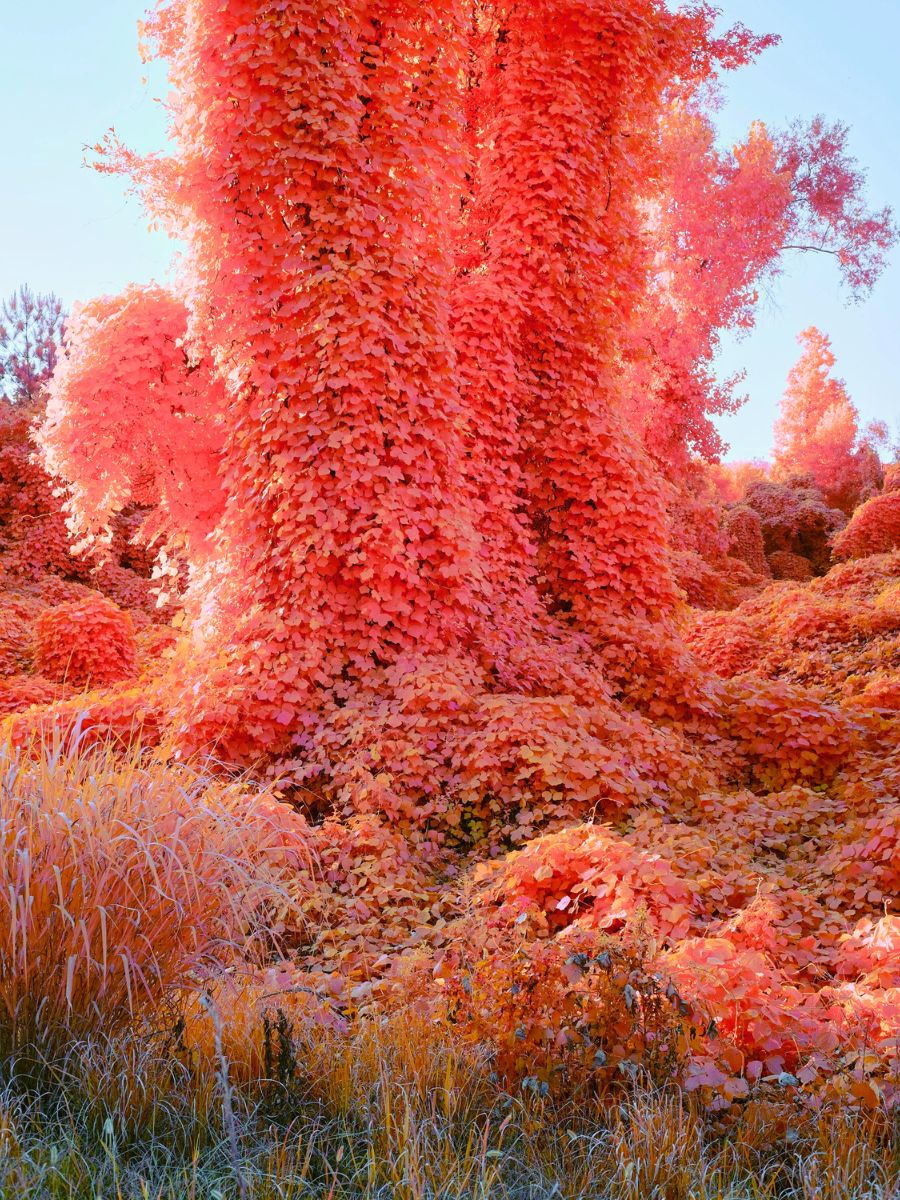
Henderson recalls being fascinated by these shapes even as a child, observing them like slow-moving, benign monsters creeping across the landscape. Vehicles and buildings, once symbols of human presence and permanence, are reduced to soft outlines under what he calls a 'suffocating quilt of leaves'.
Photographed in near-infrared, the series takes on a surreal quality. The kudzu (which is typically deep green) glows with an unexpected orange color—familiar in form, yet jarringly otherworldly in tone. This visual distortion underlines Zac's thematic exploration of time’s distortive power.
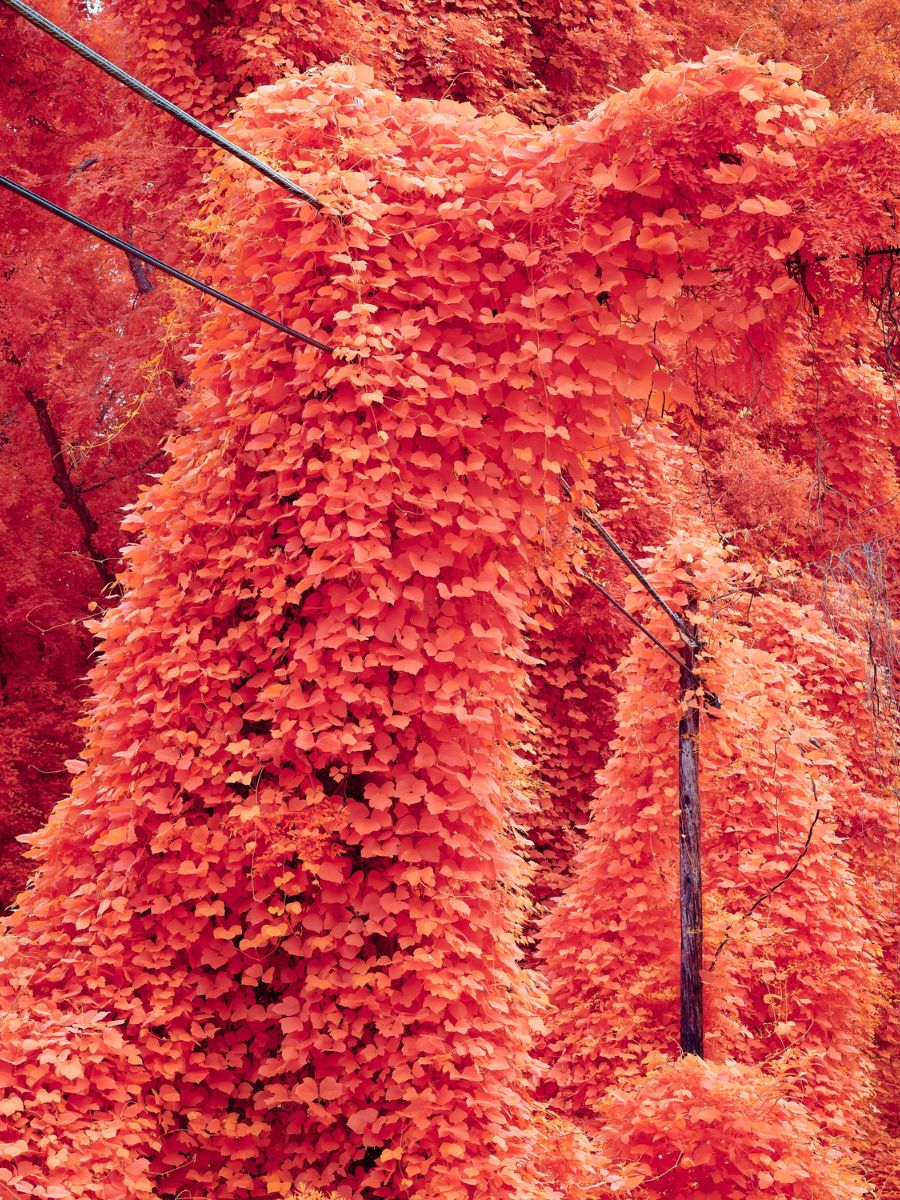
Kudzu, in this work, is both subject and symbol: a nostalgic marker of the artist’s home region and a haunting representation of nature’s reclamation of human space.
Find more of Zac's art on his Instagram.
Photos by: @zendrson.



